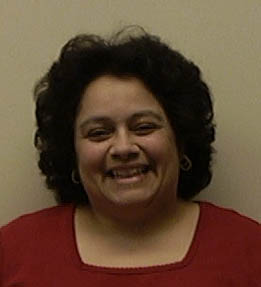SONIA MAYO HOHNADEL
 |
|
SAMPLES FROM THE INTERVIEW ON HER ROLE AS A MEMBER OF THE MOORHEAD SCHOOL: "The other thing that I wanted to make sure of is that school be intentional about being more inclusive when it comes to multicultural studies and curriculum. The only way that I would’ve been able to even [think] about aspiring to be a cheerleader was [if I had] seen a cheerleader who was like me. The only way I would have aspired to want to be an astronaut or to be somebody else, if I had seen people like that in my curriculum, in my learning. I didn’t. The only people who ever got anywhere, who ever did anything, who ever got written in the books, were white people. So, if that’s all you see, how can you expect to achieve when you don’t see anybody else achieving?" ON THE CHANGING DIVERSITY IN FARGO-MOORHEAD: "The mosaic of diversity has changed in the community in that you see more. That has happened. But also, with more, with more not only comes assets, but also with more comes the need for more education. And, it’s—I do know that prejudices and all the “-isms” is a fear of the unknown. And it’s when people don’t get to know a person that— know them as a person, and not as a color or as—you know even intergenerational. You know, young kids who don’t want to go to nursing homes ‘cause their scared of geriatric patient or, residents. It’s ‘cause you don’t know, you’ve never been exposed to them. You’ve never been around them. And it’s that exposure that helps you to learn about people and gives you an understanding. And so, with more—with more diversity there’s got to be more understanding."
|